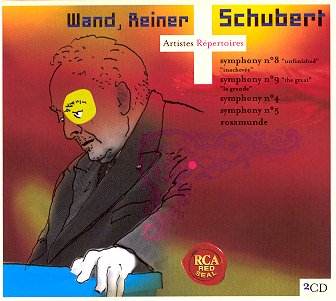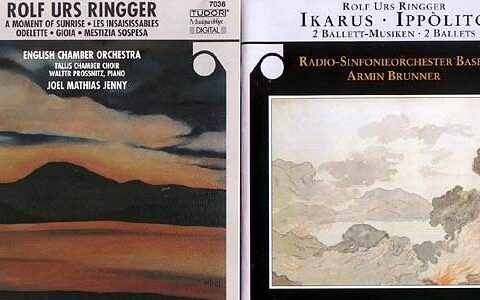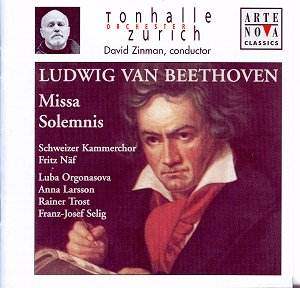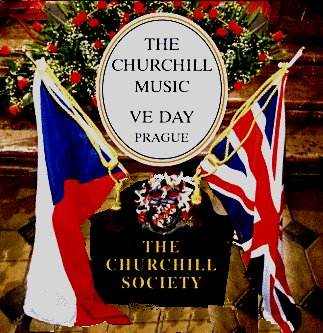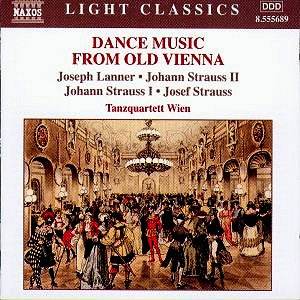 Composer: Joseph Lanner, Johann Strauss I, Josef Strauss, Johann Strauss II
Composer: Joseph Lanner, Johann Strauss I, Josef Strauss, Johann Strauss II
Works: Neue Wiener Ländler Op.1, Bankett-Polonaise Op.135, Amazonen-Galopp Op.148 No.2, Malapou-Galopp Op.148 No.1, Steyrische Tänze Op.165, Cerrito-Polka Op.189, Die Werber Op.103, Jägers Lust (Jag d-Galopp) Op.82, Marien-Waltzer Op.143, Salon-Polka Op.161, Kettenbrücke-Waltzer Op.4, Eisele und Beiseler-Sprünge Op.202, Sehnsucht, Polka Mazur Op.22, Pariser-Polka Op.382, Wiener Blut, Waltzer Op.354
Performers: Tanzquartett Wien: Reinhold Rung and Catia Rung (violins), Martin Fuchs (viola), Gabriela Tzvetanova (double-bass)
Recording: Recorded in Moyzes Hall, Bratislava in March 2001, DDD Stereo
Label: NAXOS
The music of Joseph Lanner and the Strauss family embodies an exuberant Viennese spirit, capturing the essence of the ballroom and the café alike. This collection, “Music from Old Vienna,” highlights the dance forms that flourished in the 19th century, offering a captivating glimpse into a world where social dance and music were intricately intertwined. Lanner, often considered the father of the Viennese waltz, paved the way for his successors, the Strauss family, to elevate these popular forms into sophisticated orchestral works. This recording, featuring the Tanzquartett Wien, seeks to distill that joyous atmosphere into the more intimate setting of chamber music.
The ensemble’s performance is imbued with stylistic authenticity, showcasing the technical prowess of its members. The two violins, viola, and double bass create a rich tapestry of sound that is indeed charming, yet one might argue that the arrangement, while faithful, also lacks the dynamism and breadth of a full orchestral rendition. For instance, Johann Strauss II’s “Wiener Blut” waltz, though delightful, feels diminished in its chamber setting; the expansive, spiraling phrases that typify Strauss’s orchestral writing are rendered less thrilling, almost sweetly nostalgic, rather than exhilarating. This interpretation may appeal to aficionados of chamber music but risks losing the vital energy that characterizes these pieces when danced to, emphasizing their original purpose.
Recording quality plays a significant role in shaping the listener’s experience. The proximity of the microphones captures a clean sound, yet it also imposes a certain flatness, removing the natural acoustics of Moyzes Hall. As a result, the first violin’s tone can come across as somewhat steely, detracting from the warmth that one might desire in pieces meant for joyous social interaction. Meanwhile, the double bass, while present, seems muted, longing for a more prominent role in grounding the texture of these dances. The absence of ambient resonance may leave listeners feeling somewhat overwhelmed by the relentless series of lively pieces, which, although well-executed, can blur into a homogeneous auditory experience.
This recording is not without merit; the Tanzquartett Wien delivers each piece with precision and an infectious sense of pleasure. However, the decision to present these works in such a close-up manner could alienate those seeking a more immersive, dance-like experience. The music, fundamentally intended for lively gatherings, perhaps deserves a broader canvas than what is afforded by this recording’s chamber format.
While “Music from Old Vienna” presents an appealing selection of light classics and showcases the performers’ skill, it ultimately serves best as an elegant backdrop rather than a riveting concert experience. The collection, rich in historical context and performed with care, may resonate with specialists and those in search of high-quality aural wallpaper, yet it may leave others yearning for the grander sweep of a full orchestral interpretation that captures the rapture of the Viennese waltz in its full glory.
